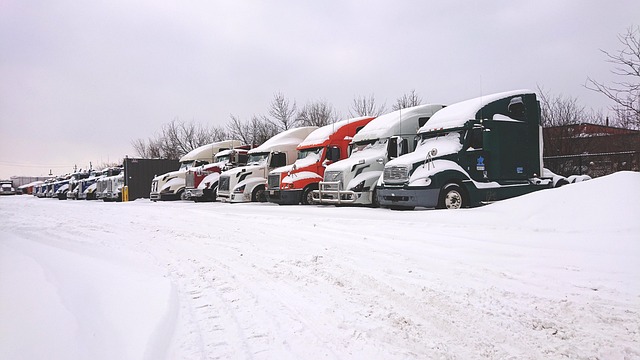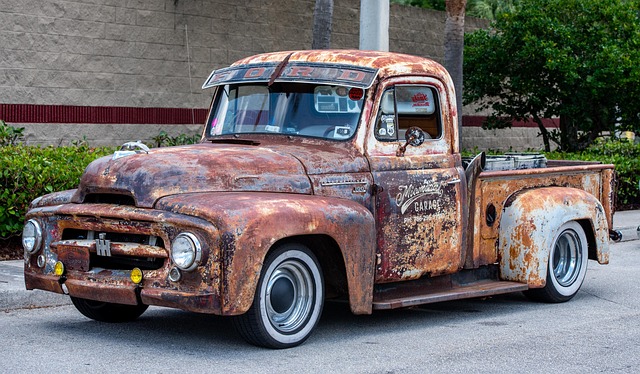Register Car: Prepare, Visit DMV, Verify VIN, Pay Fees
Registering a car in California involves a straightforward process, ensuring your vehicle is legal to drive on state roads. Begin by gathering essential documents, including proof of ownership, identi…….

Registering a car in California involves a straightforward process, ensuring your vehicle is legal to drive on state roads. Begin by gathering essential documents, including proof of ownership, identity, and insurance. Next, visit your local DMV office, where you’ll need to verify the Vehicle Identification Number (VIN) using a dmv vin verifier. Fill out the registration application, providing accurate details about your car. Pay the required fees, and you’ll receive your license plates, making your vehicle officially registered in California.
- Prepare Required Documents for Car Registration
- Visit Your Local California DMV Office
- Verify Vehicle Identification Number (VIN) Accuracy
- Complete Car Registration Application Form
- Pay Registration Fees and Receive License Plate
Prepare Required Documents for Car Registration

To register your car in California, you’ll need to gather specific documents and complete certain steps. Before heading to the DMV, ensure you have all the necessary paperwork ready. This includes your vehicle’s registration certificate from the previous state, a valid driver’s license, proof of insurance, and a completed application form for car registration. Additionally, you’ll require a Vehicle Identification Number (VIN) verifier, which can be obtained through the DMV or used online through mobile VIN verification services to ensure the vehicle’s history is clean.
A key document in this process is the vin inspection report, which provides valuable insights into your car’s past. Some California residents prefer using mobile VIN verifiers for their convenience and swiftness. These tools allow you to check a car’s history while on the go, making it easier to catch any potential red flags before committing to the registration process.
Visit Your Local California DMV Office

Visiting your local California DMV office is a crucial step in registering your car. Here, you’ll initiate the process by providing essential documents and ensuring your vehicle meets all legal requirements. The DMV staff will guide you through the necessary procedures, which include verifying the Vehicle Identification Number (VIN) using a state-approved method, such as a mobile VIN verification or inspection.
This initial visit is where you lay the foundation for a smooth registration process. Staff will check your car’s title, registration, and any outstanding issues to ensure everything is in order. They’ll also assist you in selecting the appropriate insurance and providing information on local taxes and fees associated with vehicle ownership. By taking care of these matters upfront, you set yourself up for success when it comes time to legally operate your vehicle on California roads.
Verify Vehicle Identification Number (VIN) Accuracy

Before registering your car in California, it’s crucial to ensure the Vehicle Identification Number (VIN) is accurate. A valid VIN is essential for identifying your vehicle and completing the registration process smoothly at the DMV (Department of Motor Vehicles). Many people opt for a mobile vin verification service or use an online vin verifier to check the VIN’s authenticity before proceeding with registration.
A mobile vin inspection, which can be done quickly by entering the VIN into an app, allows you to verify crucial vehicle information. This includes details like the make, model, year, and potential recalls associated with the VIN. With accurate VIN data, you’ll avoid delays or issues during the registration process at the California DMV.
Complete Car Registration Application Form

To begin the car registration process in California, the first step is to complete the Car Registration Application Form. This form can be obtained from the Department of Motor Vehicles (DMV) or downloaded online. It requires detailed information about your vehicle, including the make, model, year, and color, along with your personal data such as name, address, and license plate number. Make sure all the details are accurate, especially the Vehicle Identification Number (VIN), which can be verified using a DMV VIN verifier or even a mobile vin inspection tool for added convenience.
A crucial part of this process involves ensuring that your vehicle meets all safety and emission standards set by the state. You may need to undergo a vehicle inspection, either at a certified station or through a mobile vin inspection service, to verify these compliance levels. Once you’ve completed and submitted the form along with required documents and fees, the DMV will process your application, resulting in a registered car that meets California’s regulations.
Pay Registration Fees and Receive License Plate

After completing your vehicle’s registration application at the California DMV, the next step is to pay the required fees. These fees cover the cost of registering your car and issuing new license plates. You can typically pay these fees online through the DMV website or in person at a local DMV office. It’s important to ensure you have all necessary documents, including proof of insurance, before proceeding with payment.
Once your registration fees are paid, you will receive your vehicle’s license plates. In California, these plates are typically issued with a unique combination that includes a vehicle identification number (VIN). For added convenience, many owners choose to conduct a mobile VIN verification or mobile VIN inspection to ensure their vehicle’s history is clean and the plates match their vehicle. This can be done using specialized apps or services that utilize the DMV’s database to cross-reference the VIN with recorded information.
Registering a car in California is a straightforward process, provided you have all the necessary documents and complete each step accurately. Always ensure your Vehicle Identification Number (VIN) is accurate using a trusted DMV VIN verifier, as this is crucial for a successful registration. By following these steps—preparing required documents, visiting the local DMV office, verifying the VIN, completing the application form, paying fees, and receiving license plates—you’ll have your California car registered promptly.







